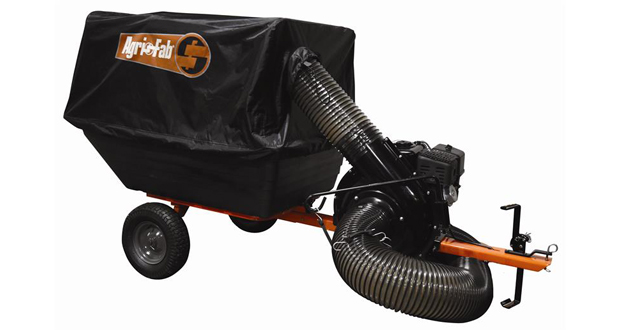
There’s a lot you can do at this time of year to encourage healthy trees now and in the coming spring.
It is a good time to prune when the trees have lost their leaves. In fall and winter, arborists can see better to identify issues and make sound pruning decisions. The chance of disease entering via pruning wounds is lowest now because fungi are less active. Plus, pruning in the dormant season is less stressful on trees because it doesn’t interrupt their growth cycles. Come spring, all growth efforts will go to buds on the remaining branches.
Pruning alters the form and growth of the plant, so it’s important to consider all the factors involved before planning the work. Professional arborists consider many details that you can also check:
- Access to the tree, noting if it’s close to overhead lines, a walkway or a building.
- Its condition, looking for structural defects or storm damage.
- The landscape functions provided by the tree and how pruning will affect those functions.
- Aesthetics, such as if the tree is too dense or needs shaping.

Why we prune
There are a number of reasons for pruning.
Safety around landscape trees improves when you periodically remove dead and diseased branches.
Pruning is good maintenance. Plants used as a hedge or border on a property need pruning to keep their size and shape. Trees and shrubs are vital to the aesthetic appearance of landscapes. Pruning helps keep them well-proportioned. Keeping up with this pruning is important and helps maintain property value.
Structural pruning helps young trees develop a stable and desirable shape. It is an investment that can prevent most of the structural defects that occur in older trees.
Pruning trees and shrubs to allow for more sunshine and better airflow can be a great way to help reduce the likelihood of fungal infection. If the foliage stays mostly dry, the plant will be less likely to become infected.
We recommend consulting an arborist whenever considering pruning because timing can be important. For example, there are species you should not prune during fall and winter. You should prune magnolias and azaleas right after they finish blooming. Oaks, on the other hand, must never be pruned in the spring to avoid fresh cuts because it allows oak wilt spores to infect the tree.
Other things to keep in mind
Here are five other tips to keep in mind this time of year and going into winter:
1. Don’t ignore mulching and irrigation during winter
Even if dormant, plants still require a minimum amount of water to meet their needs. Mulching helps to maintain soil moisture and provides a buffer against stress to the root zone.
2. Take care if you need to use deicing salt
It’s important to remember that while salt may help on driveways, it can be terrible for trees. Increased salt levels in the soil can damage and kill fine roots — preventing plant root systems from taking in healthy levels of nutrients.
3. Raking helps reduce overwintering fungi
Be sure to rake up the fallen leaves of any tree or shrub where you found fungal pathogens on the foliage during the growing season. This will reduce the amount of infectious fungal inoculum on the ground waiting to reinfect foliage in the spring.
4. Control scale insects with a new technique
Scale is a type of insect that sucks the sap of trees, shrubs and plants. We’ve found a scrub brush effectively removes these tiny pests. Late in the year is a good time to take care of accessible scale populations about to enter their overwintering period. Smaller scale populations are easier to control, and you can greatly reduce populations by scraping away the protective covers and physically removing the insects.
5. Use products to deter wildlife from coming over to eat
As we all know, deer and small mammals like to munch on landscape plants. It is especially important to protect feature plants in the winter when fewer wild plants may be available for wildlife to feed on.

